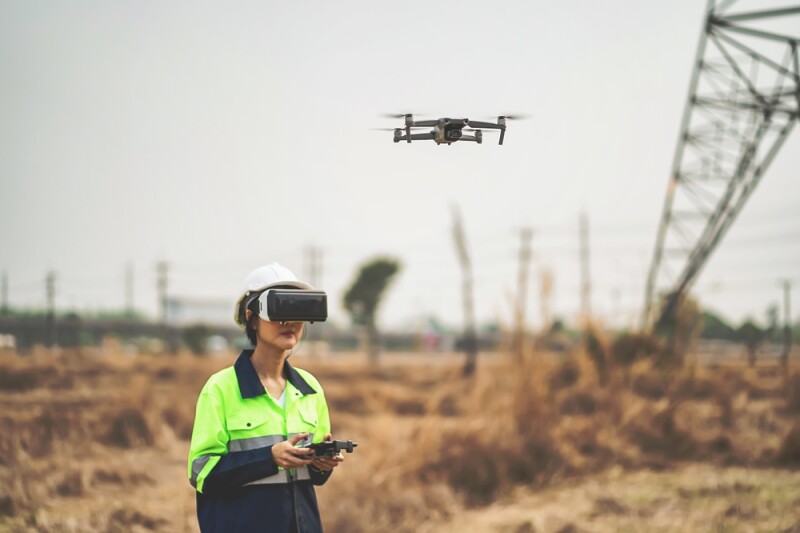On Monday, Apple held its annual Worldwide Developers Conference (WWDC), the company’s premier event every year where they announce some of their new products for the coming year. In the past, game-changing products, including the original iPhone, were announced at the 2007 version of the event. This year’s WWDC included another massive product introduction (not on the level of the iPhone, of course, but that’s an unrealistic bar) with the company introducing the new Vision Pro mixed reality headset.
Apple’s foray into the MR headset space has been anticipated for years, and is its biggest product announcement since 2014 when they first introduced the Apple Watch. As with anything Apple, there were plenty of rumors about what the new headset will include, particularly on the hardware side. Generally, those weren't too far off as the headset resembles ski goggles and includes an external battery which can be held in a user's pockets or clipped to a belt. The headset, which will be released in early 2024, will come with an initial cost of $3,499.
That being said, that’s not the part of the presentation I was most anticipating. Instead, I found myself curious about how the company would market the headset both in this initial presentation as well as the initial marketing push following WWDC. I wasn't expecting them to lay out, in detail, all of the different ways that it can be used, mostly because I’m almost certain they don’t know that yet! To that point, it’s notable that this announcement came at their developer’s conference, full of people who they presumably hope can conjure visions of what types of applications they can build for the mixed reality headset.
It should, of course, be mentioned that this is not the first headset to ever hit the market; there is at least a rough blueprint for Apple to get some ideas of how this will be used. That said, the market is still early enough in its lifecycle that they have something of a blank slate with which to work. My guess is that they will lean more heavily into the consumer potential with the device rather than the enterprise and industry use cases, which was backed up by the presentation. In fairness, it made for a presentation that was more likely to garner broad excitement. Plus, for now they are leaning more towards showing how traditional iPhone apps can be used with the Vision Pro, and those apps certainly skew toward the consumer.
Of course, at Geo Week News we’re more concerned with the business applications of this type of technology, and while I wasn't sure how much it will be featured, it didn't really get much, particularly in the field. We’ve seen this before, with Apple recently introducing lidar scanners into their phones with little fanfare around the feature. Despite that, we do believe there is real value to be derived from these more accessible scanners, and in fact we’re already seeing examples of how it can be incorporated into field apps.
I think it’s also worth mentioning that Apple has a history of adjusting their marketing strategy with their products after seeing how users actually interact with it. Consider the Apple Watch, which was first announced back in 2014. At the time, the company largely considered it as a fashion accessory, and marketed it as such. That’s not what it is today, with Apple quickly noticing that users mostly utilized the watch as a workout assistance, pedometer, and an extension of an iPhone. That’s exactly how it’s marketed now, and it wouldn’t surprise me at all if future headset presentations move at least closer to the middle of enterprise and consumer uses.
None of this is me suggesting that headsets are going to instantly dominate job sites. I don’t think we’re all that close to this being a regular thing, as it’s hard to imagine workers wanting to wear one for eight hours a day. It’s much easier to use a phone or a tablet for similar functions, which is also likely the preference for owners and managers who probably don’t want to buy headsets in bulk at the current price points. Still, I do think that we’re moving closer to a place where headsets will have some part on job sites, and Apple joining the fray should only accelerate that market, whether or not they end up being the leader.






